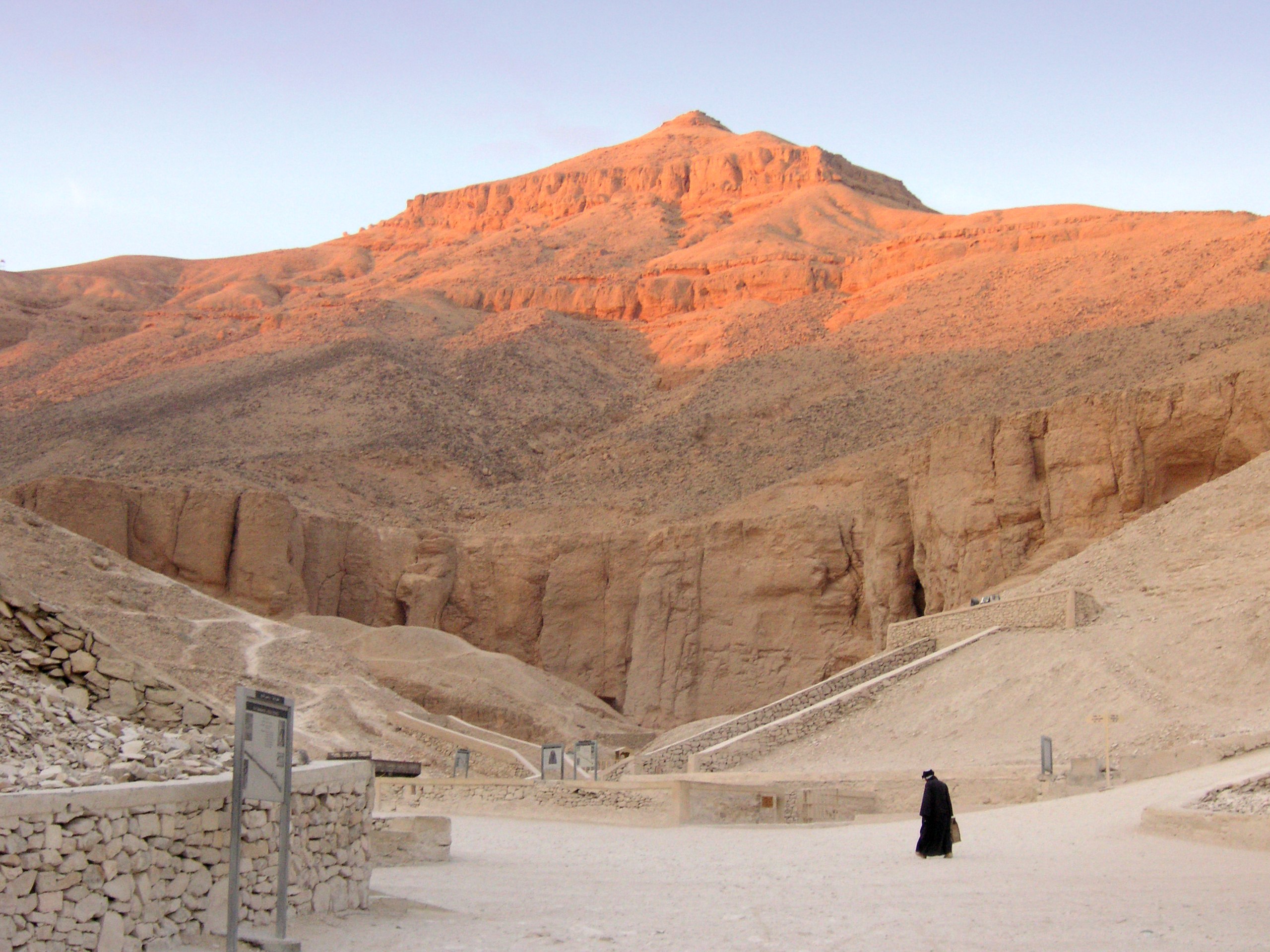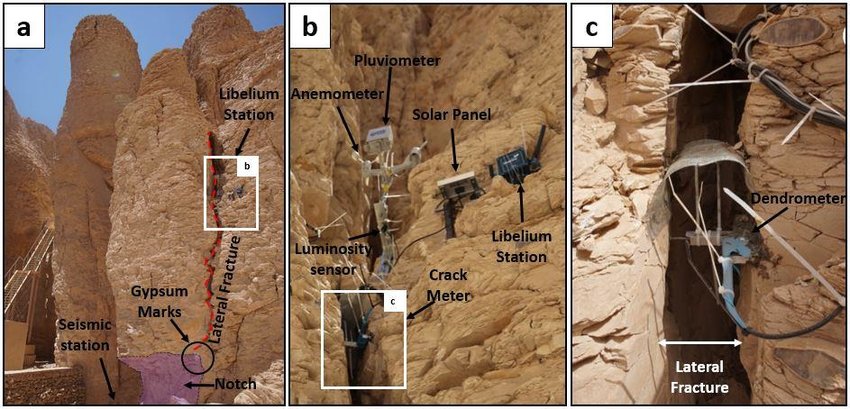IoT technology is preserving ancient Egyptian heritage under a geological research project to study cliff stability at Tutankhamuns’s tomb.
The sensor platform developed by Spanish company, Libelium, has helped a team of geologists from York University in Canada and the University of Zurich (Switzerland) to monitor the stability of the terrain over the tomb of the 18th dynasty of Pharaohs.
The King’s Valley is an ancient Egyptian necropolis where the tombs of most pharaohs are located, including the famous Tutankhamun. This makes it one of the most important touristic, historical and cultural attractions in the world.
Egyptian monuments are lost mainly due to degradation or cracking of building materials, weakness of soft soils, displacements along natural fractures in hard rocks or rock falls from steep cliffs.

The stability of the slope being investigated is critical for the safety of tourists, excavation works, and the preservation of the area.
Based on fracture mapping, a monitoring system has been installed to record the horizontal displacement of the rock slabs due to thermal cycles. The team installed a weather station and a crack meter to collect systematic climatic data (relative humidity, temperature) and fracture aperture behavior during 10 months.
To measure the properties of the rock mass and the environmental conditions of the area, the researchers have developed a numerical model with different software and hardware tools, among which are some Libelium sensors.
The sensors include the platform of Libelium Plug & Sense Smart Agriculture Pro, a weather station, and a dendrometer (which is typically used to measure tree growth) modified to detect changes in fracture aperture. Sensors recording wind speed, wind direction, precipitation, solar radiation and crack normal displacement were installed west of the slab, while sensors for wetness (condensation) and rock temperature were placed just behind the back of the rock slab.
The results have shown that variations in climatic conditions can lead to the degradation of the state of the tomb.
This research allows us to understand and predict the relationship between climate change and the behavior of potential instabilities in the Valley of the Kings. The understanding obtained will not only serve for the preservation of this historical site but could also be applied to the preservation of other heritage treasures.

Alicia Asin, co-founder and CEO from Libelium, comments: “IoT technology can contribute to preserve historical and artistic heritage connecting the physical and the digital world through sensors that send the information to the Internet and allow researchers to establish important conclusions for future conservation.”
Rodrigo Alcaine Olivares, researcher from York University adds: “In broad perspective, our team chose the Libelium system because it offered the best combination of sensors that could easily be interchanged for different projects, all designed to be housed outside in an easy to install package. Additionally, Libelium offered a good connectivity system which helps us to obtain data from very remote locations to send them to Canada. These characteristics assist in many ways in our investigation by saving time in connections and building systems up, to let ourselves focus on the analysis and interpretation of the phenomena we want to study mainly.“
Comment on this article below or via Twitter: @IoTNow_OR @jcIoTnow










